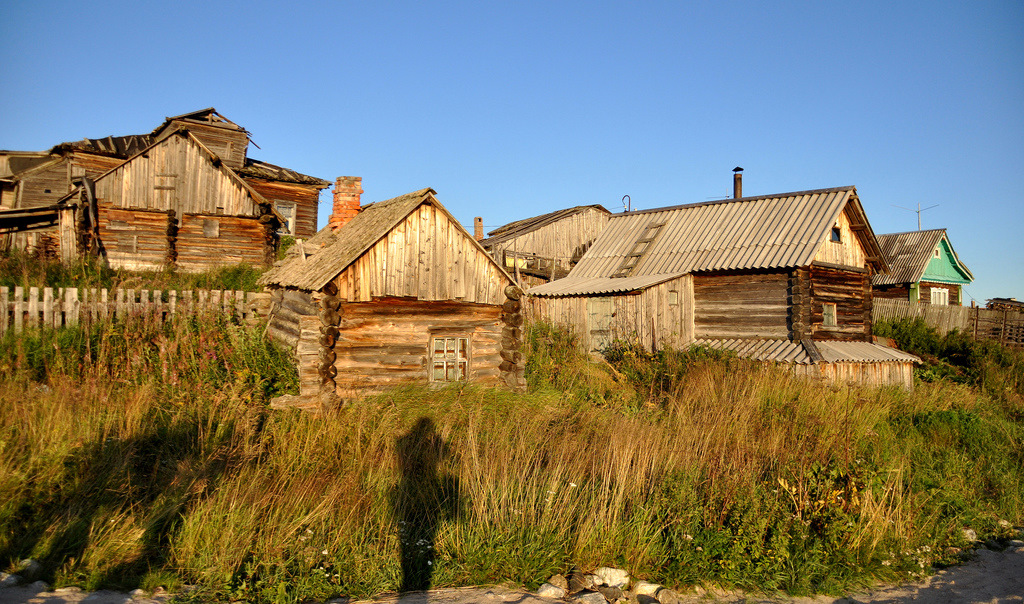Man has adapted to survive in a wide variety of conditions. Initially, the prototype of modern rural areas arose around the first places of settledness. Then enlargement took place and cities formed. But it is always necessary to remember about your cradle, in the role of which the countryside acts. How are things today?
Introductory information
The village is a specific historically developed socio-territorial human settlement community, which was formed during the emergence of agriculture and handicraft. The village is one of the first forms of resettlement of people engaged, as a rule, in agricultural labor. Such an area is characterized by low concentration and a small population.
What does the socio-economic space of this area include?
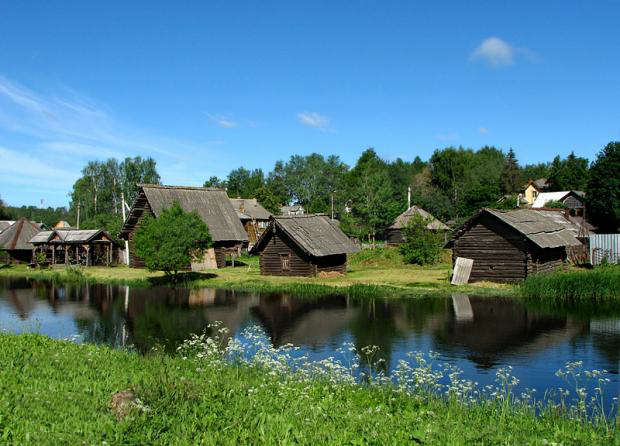
Typically, these are:
- Production and utility structures.
- Reproduction of labor resources.
- Educational and cultural complex.
- Self-sufficiency in products due to personal household plots.
- The development of rural cooperation.
Only this list is not limited to. The countryside has a number of specific properties, but often they must be considered on the basis of specific conditions. Nevertheless, the totality of the listed production, economic and socio-cultural conditions led to the formation of a special environment. A village is not only a place where agricultural products are produced. It is also a complex socio-economic structure that can function according to certain laws, traditions and rules. Also, it is characterized by peculiar conditions of human life.
What features of the countryside should be mentioned first?
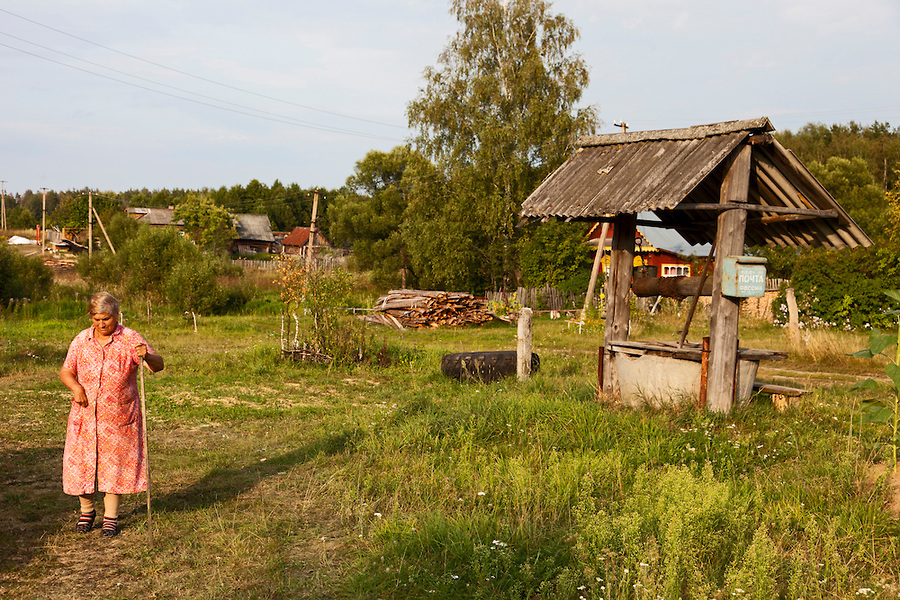
These include:
- The need to take into account weather and climate conditions.
- Unevenness of employment.
- Low comfort of life (compared with the city).
- Household management.
- Relatively low technical equipment in carrying out actions.
- Lesser opportunities for cultural and educational development.
- Personal needs are met through naturalization.
All this affects the life of the villagers. That is why it is characterized by a significant influence of traditions and customs. Simple forms of communication with a personified character, autonomy of life, peculiar forms of social control of individual behavior, a significant role and opportunities of local leadership, a significant impact on the part of public opinion on accepted behavioral attitudes - all this is specific to the village. Life and production are carried out in a single territorial space and do not have a strict time frame. Special priorities and social needs depend on them.
Situation in the past
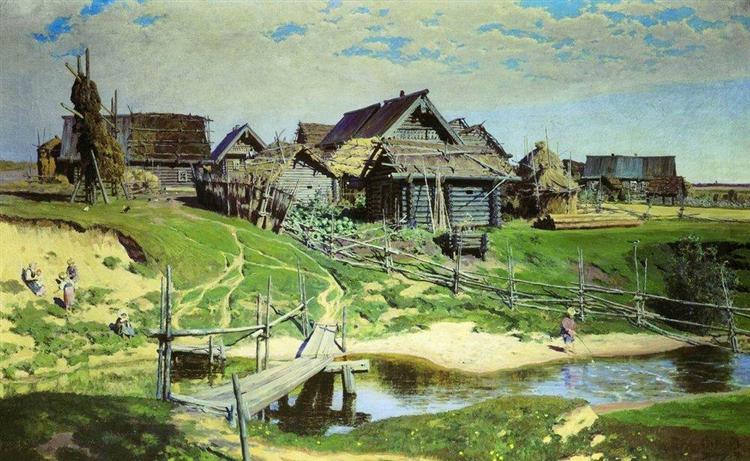
In the most ancient times, the village was the foundation. The peasant had to be able to do absolutely everything - cut down the forest, build a house, cultivate the land, and monitor the living creatures. But over time, specialization began. First came blacksmiths, tanners and many others. The peasants were able to concentrate on the most important thing - providing themselves with non-specialized goods. True, in the future this situation played a cruel joke. And until the middle of the twentieth century, the rural population was mainly regarded as a source of unskilled labor.Also, until recently, its numerical advantage was characteristic. But now the urban population exceeds the rural population at times. Although there is some stabilization.
Current situation
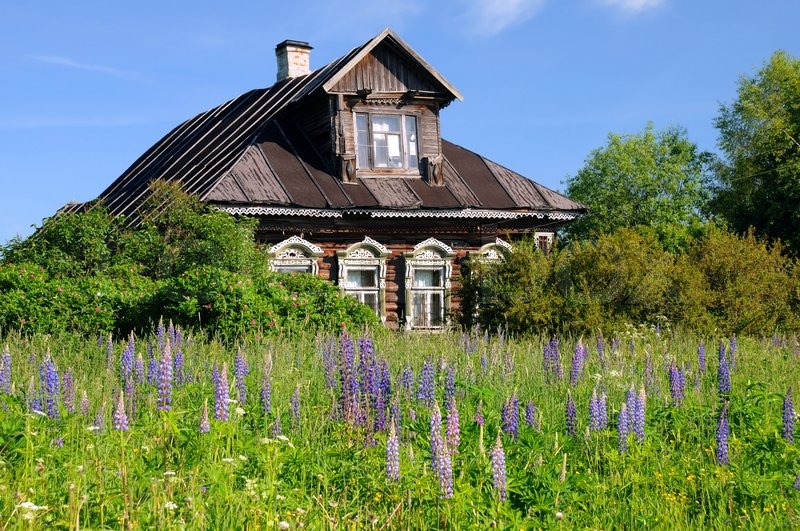
But why and how did you manage to achieve this very definite stabilization? This is largely due to a decrease in the total population, as well as massive internal migration to large cities. The majority of the rural population is supported by a change in the type of residence. For example, in 1989 there were 3230 cities. And by 2009, their number dropped to 2394. And it turns out that the number of rural residents is regularly growing through a change in status.
It should be recognized that at present the potential of rural-urban migration is almost exhausted and there is practically no way to move in this direction. And this trend is quite natural. The world is experiencing a steady decline in the number of rural people.
Why is it decreasing?
There is a logical explanation for this. Residents of rural areas are less likely to have to rely on field work to earn basic income. The contribution is also made by the fact that agricultural productivity is growing very rapidly. This reduces the need for labor. So, situations are already widespread when the commercial production of agricultural products is the lot of large enterprises, and family farms act as a supplement to the income from the main occupation (forest planting, transportation, trade, tourism). One example from zero years is indicative here. Then, in their middle (from 2004 to 2006), there were more than 16 thousand objects that worked on this field. They owned only 3.2% of farmland. But despite this, they provided 28.8% of marketable products and received 67.9% of all profits.
What rural issues are relevant right now?
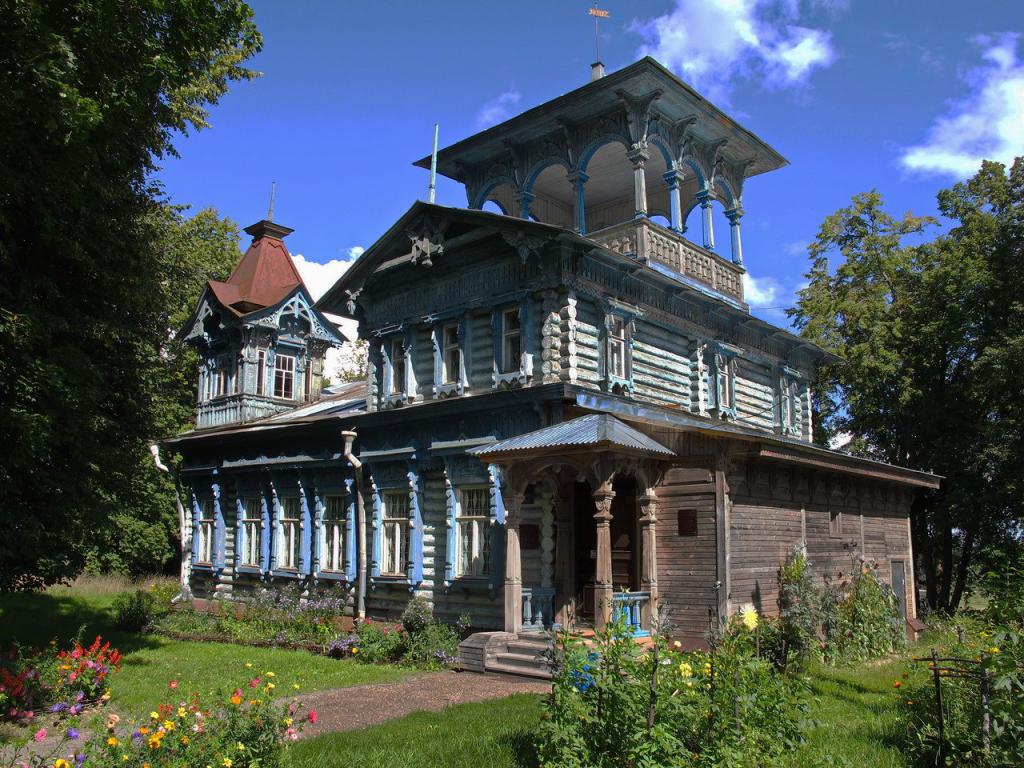
If to summarize all of the above, then we can highlight the following points:
- The development of large agricultural enterprises leads to the enlargement of a number of settlements and regional centers due to the proximity of production and its subsequent transformation into a development center. And all this will be accompanied by a decrease in the number of inhabitants.
- Migration from rural to urban areas will continue.
- P. 2 primarily refers to young people whose age is up to thirty years, with secondary education. This will lead to a loss of human potential in the countryside.
- The growth of labor productivity and the development of new technologies will cause a reduction in the number of employees who are involved in agriculture. Most likely, this will turn into a problem of employment for rural residents.
What proactive measures can be taken?
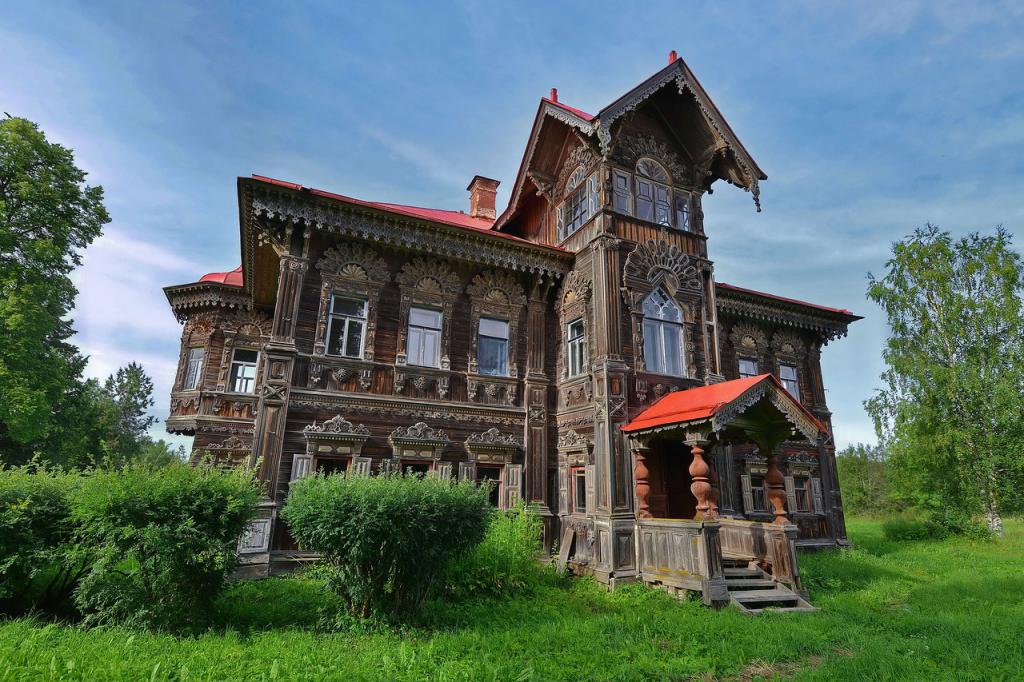
Of course, in relation to all settlements, it will be difficult to accept them. But attention should be paid to promising settlements. For example:
- Stimulate individual construction, gasification, the creation of paved roads.
- To consider the possibility of assistance in the migration of the rural population not from their settlements to cities, but to promising settlements and areas.
- To develop schemes for providing small facilities with medical care, the educational system and social services.
- To contribute to the development of small business, to restore the system of consumer cooperation, to stimulate the creation of small enterprises for the processing of products, medicinal herbs, wild berries and mushrooms.
- To support folk crafts and the manufacture of traditional products, as well as the development of agricultural tourism.
- To develop standard low-rise construction projects, for which technological maps will be provided, allowing the use of a wide range of materials (brick, wood, sand, cinder blocks, and so on), as well as adding new areas to them.
If all these points are realized, then those working in rural areas will be more interested in staying, not leaving.
And what about the prospects?
It is impossible to make sure that the countryside is controlled from a certain center - a district, region, country - and at the same time specific moments are always taken into account. What can work well in the north will prove harmful in the south. Useful solutions in the suburbs will not bring effect in the outback. To develop the countryside, it is necessary to focus on the three most important areas:
- Improve zoning and typology. Identify current problems, forecast for the long term and develop a development strategy.
- To study the relationship between the various components for integrity and use simulation modeling (what will happen if ...).
- We need knowledge about it, the specifics of geographical thinking, accounting for differences, the interconnection of phenomena, as well as the application of optimal solutions in practice.
The development of rural areas (in general and in general) is in the hands of the state. Somewhere on the ground, there may be a good self-organization, but the situation cannot be corrected in a single generation.
Conclusion
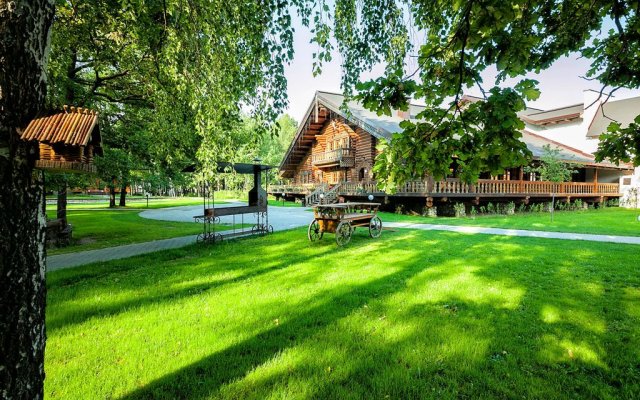
Attention to the so-called peasant question arose for a reason. This is due to a significant contribution to culture, the economy, and social transformations. Often, the government has an inadequate attitude towards meeting basic needs and improving existing social conditions. The changes that took place a couple of decades ago had a generally negative impact on the countryside. This applies to issues of demography, the level and quality of life, and social development. Therefore, the ongoing and implemented policy should be reorganized so that you do not have to regret later. After all, the rural population has repeatedly saved the country.
